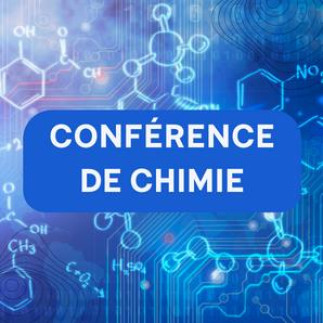Titre : New approaches to measuring and understanding halogenated chemicals in the atmosphere
Heure : 11h00
Campus MIL, Local : A-3541
_____________________________________________
Résumé :
Organochlorine and organofluorine compounds comprise a large and diverse group of molecules that can have wide-ranging environmental impacts. These chemicals can destroy stratospheric ozone, impact climate, and act as persistent pollutants. The atmospheric chemistry of a few of these compounds is well known, but many remain poorly characterized. In many cases, our knowledge is limited by available analytical methods. The class of per- and polyfluoroalkyl substances (PFAS) represents an example of poorly understood atmospheric organofluorine chemicals. A greater understanding of atmospheric PFAS is critical, because the atmosphere plays an important role in the global distribution of these problematic compounds. I will describe some insights into PFAS abundance and transport derived from unique atmospheric deposition measurements. However, direct atmospheric measurements are needed to fully understand the atmospheric chemistry of PFAS. I will describe new approaches—from inexpensive to state-of-the-science instrumentation—to measure atmospheric PFAS. These provide new understanding into sources and fate of PFAS. Using these new methods, we are also able to target other trace atmospheric chemicals, including rarely-measured organochlorine compounds. With many thousands of organochlorine and organofluorine compounds having been released to the environment, it is impossible to target each individually. I will describe our new approaches to measuring total gaseous chlorine and fluorine, which allow us to identify the “unknown unknowns” both indoors and outdoors. Lastly, I will briefly describe our recent intensive measurement campaign, the Toronto Halogens, Emissions, Contaminants, and Inorganics eXperiment (THE CIX), in which we deployed all of the described techniques to gain a better understanding of the identity, sources, fate, and impacts of organochlorine and organofluorine chemicals.
Bio: Cora Young completed her undergraduate and doctoral studies in the Department of Chemistry at University of Toronto. She then took a postdoctoral position at the National Oceanic and Atmospheric Administration (NOAA). Cora was an assistant professor in the Department of Chemistry at York University from 2012 to 2017. She joined the Department of Chemistry at York University in July of 2017. Cora is currently a Professor and the Rogers Chair in chemistry at York University.

